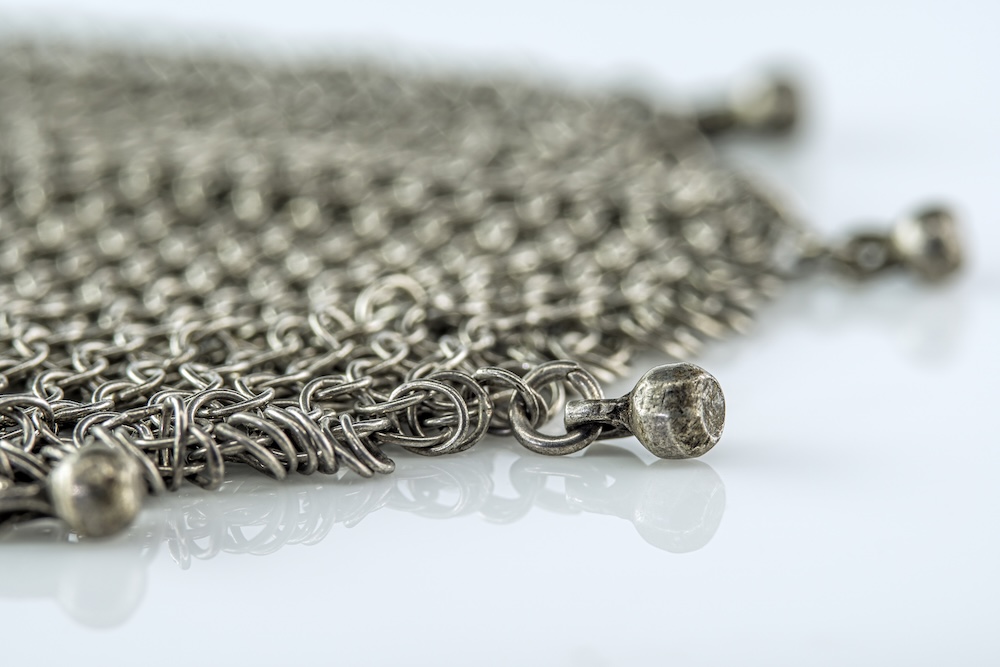Jewelry has always been a symbol of beauty, status, and personal expression — but the sparkle often comes at a hidden cost. Mining for precious metals and gemstones can devastate ecosystems, exploit workers, and fuel unethical supply chains. Today, a growing number of consumers are rethinking those trade-offs and seeking out eco-friendly jewelry and accessories that align with their values. The rise of sustainable jewelry represents more than a fashion trend; it reflects a cultural shift toward responsibility, transparency, and mindful consumption.
Why the Shift Toward Sustainable Jewelry?
The global fashion industry is under increasing scrutiny for its environmental and social impact, and jewelry is no exception. Traditional mining consumes massive amounts of energy and water, contributes to deforestation, and leaves toxic waste behind. Social issues compound the problem: child labor, unsafe working conditions, and conflict minerals are well-documented in parts of the industry.
As awareness grows, consumers are demanding alternatives. Surveys show that more than 70% of Gen Z and Millennials prefer to buy from brands that demonstrate sustainability and ethical sourcing. Jewelry and accessory makers who embrace transparency, recycled materials, and fair labor practices are now seeing demand grow — proving that values can drive fashion just as much as style.
Environmental Benefits of Eco-Friendly Jewelry
Eco-friendly jewelry reduces harm to the planet in several ways:
- Recycled metals: Using reclaimed gold, silver, and platinum reduces the need for destructive new mining operations.
- Ethically sourced gemstones: Responsible suppliers trace gems back to mines that avoid conflict zones and prioritize environmental care.
- Alternative materials: Designers are increasingly incorporating lab-grown diamonds, recycled glass, bamboo, and even bioplastics into their pieces.
- Low-impact production: Many sustainable brands adopt energy-efficient processes and reduce chemical use in refining and finishing.
These shifts help conserve resources, lower carbon footprints, and keep toxins out of local ecosystems.
Social and Ethical Benefits
Sustainable jewelry is also reshaping the social landscape of the industry:
- Fair labor practices: Workers in ethical supply chains receive fair wages and safer conditions.
- Community empowerment: Brands often partner with artisan cooperatives or small workshops, providing stable income and preserving cultural crafts.
- Avoiding exploitation: Conflict-free sourcing and child-labor-free certifications help ensure consumers’ purchases aren’t linked to human rights abuses.
By choosing these products, consumers are not only accessorizing responsibly — they’re also contributing to systemic change in the industry.
Brands Leading the Way
A growing number of companies are pioneering sustainable jewelry and accessories:
- Brilliant Earth: Known for its ethically sourced diamonds and recycled metals, the company also invests in community projects that restore mining-affected regions.
- Pura Vida Bracelets: Handmade by global artisans, their accessories prioritize fair trade, sustainable materials, and community impact through charity partnerships.
- Local artisan markets: Small makers often lead the way in sustainability, using reclaimed materials and traditional methods with low environmental impact.
These examples show that sustainability can be a competitive advantage, inspiring loyalty and trust among conscious consumers.
How to Shop for Sustainable Jewelry and Accessories
When considering new jewelry or accessories, keep these tips in mind:
- Check materials: Look for recycled metals, lab-grown or ethically sourced stones, or alternative natural materials.
- Look for certifications: The Responsible Jewellery Council, Fairtrade Gold, and B Corp designations are strong indicators of ethical practice.
- Ask about supply chains: Transparent brands will explain where their materials come from and how they’re produced.
- Support small makers: Local artisans and independent designers often prioritize sustainability and need direct consumer support.
Even when shopping at conventional stores, ask questions and choose products with recycled or certified materials whenever possible. Small decisions add up to big ripple effects in the industry.
Final Thoughts
Eco-friendly jewelry and accessories are more than just beautiful adornments — they’re proof that style and sustainability can go hand in hand. By prioritizing recycled materials, fair labor, and ethical sourcing, the industry is slowly shedding its harmful legacy. Consumers hold tremendous power here: every purchase signals demand for better practices and greater accountability.
The next time you choose a bracelet, necklace, or pair of earrings, consider what story it tells. Jewelry has always been symbolic — now it can symbolize not only beauty and creativity but also respect for the planet and dignity for the people who help create it.









Reader Interactions